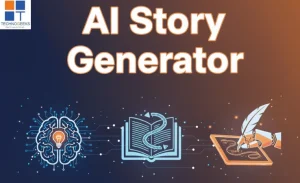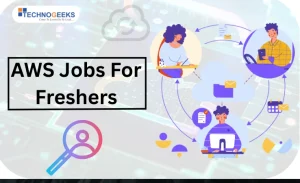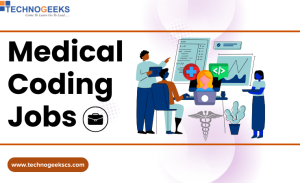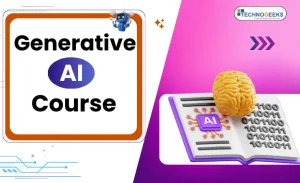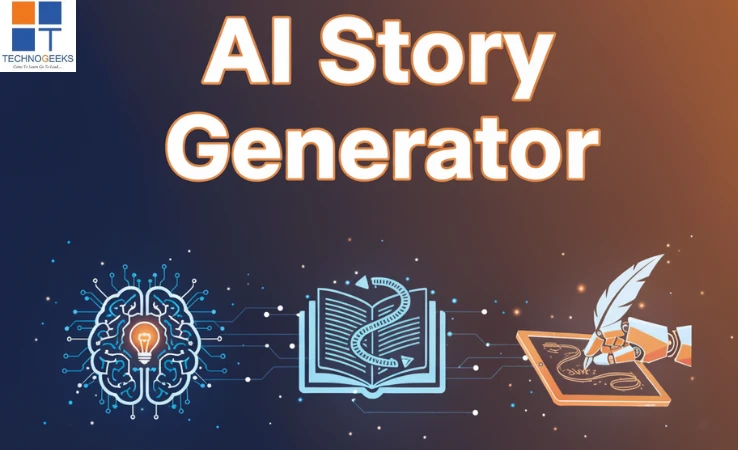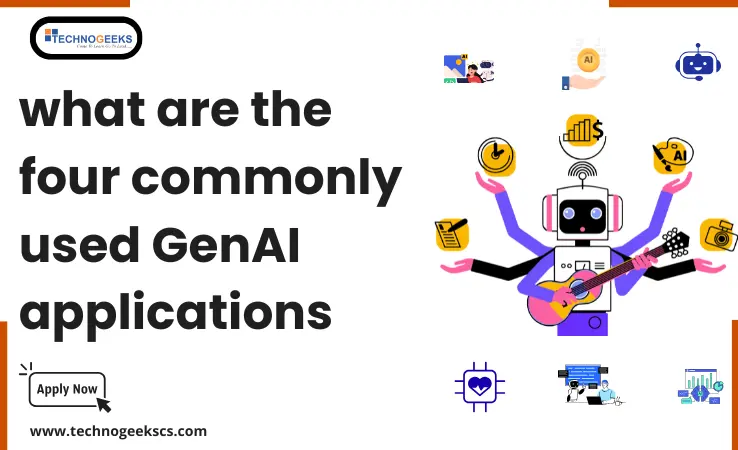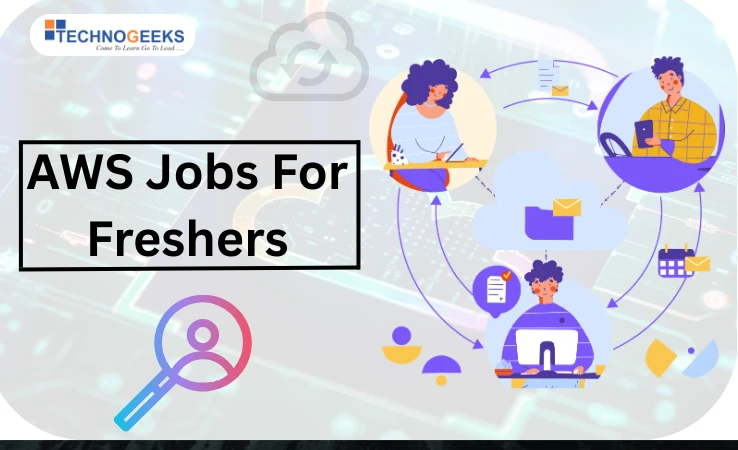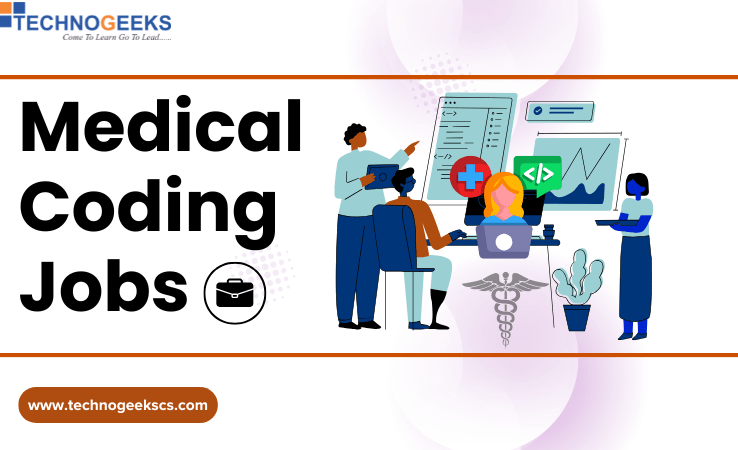Table of Contents
ToggleIntroduction
If you want to become a Software Tester you should have knowledge of both manual testing and automation testing. Manual testing is a fundamental process that involves manually executing test cases without the use of automation tools. In many organizations, positions are open for software testers who have knowledge of both manual testing and Automation Testing. If you prepare for a Software Testing interview, then you should go through fundamental concepts, Manual Testing Skills, Automation Testing Skills, scenario-based testing, and more. So to crack the Software Testing interview, you have to prepare and learn the topics related to Software Testing thoroughly. Interviewers don’t just ask basic questions; they also give you scenarios to see your practical knowledge. In this blog, we talked about basics, advanced, and scenario-based Manual Testing interview questions for freshers with answers. So, get ready to answer manual testing questions in your next interview with confidence! So let’s start with Basic Manual Testing Interview Questions –Enroll now and take the first step towards a successful career. Click here to join our Software Testing courses today!
Basic Manual Testing Interview Questions With Answers
1. What is Manual Testing?
Answer: Manual testing is the process of manually executing test cases without the use of automation testing tools. The Software Tester acts as an end user and verifies that all features of the software application are working correctly.Also Read – What is Software Testing?
2. What are the types of manual testing?
Answer: The main types of manual testing include:- Black Box Testing: Testing without knowledge of the internal workings of the application.
- White Box Testing: Testing with knowledge of the internal code structure.
- Unit Testing: Testing individual units or components of the application.
- Integration Testing: Testing the integration of multiple components or systems.
- System Testing: Testing the entire system as a whole.
- User Acceptance Testing (UAT): Testing the system from the user’s perspective to ensure it meets their requirements.
3. What is a Test Case?
Answer: A test case is a set of actions executed to verify a particular feature or functionality of an application. It includes test steps, preconditions, expected results, and actual results.Also Read: Testing Comes Under Which Category Of Cost Of Quality
4. What is the difference between a Test Plan and a Test Strategy?
Answer: A basic difference between a test Plan and a test Strategy –- Test Plan: A document that describes the scope, approach, resources, and schedule of intended testing activities. It identifies the test items, features to be tested, testing tasks, who will perform each task, and any risks requiring contingency planning.
- Test Strategy: A high-level document that outlines the test design and determines how testing needs to be done. It is usually a part of the test plan but can also be a standalone document.
5. What is a Defect Life Cycle?
Answer: The defect life cycle, also known as the bug life cycle, is the journey of a defect from its identification to its closure. The stages typically include:- New
- Assigned
- Open
- Fixed
- Retest
- Verified
- Closed
- Reopen (if necessary)
6. How Manual Testing is different from Automated Testing?
| Aspect | Manual Testing | Automated Testing |
| Execution | Tests are done by hand, step-by-step. | Tests are done using scripts or tools that run automatically. |
| Human Involvement | Requires testers to click, observe, and validate results. | Involves less human interaction once scripts are set up. |
| Speed | Slower because it relies on human speed and attention. | Faster for repeating tests and handling large amounts of data. |
| Setup | Simple setup, mainly focuses on creating test cases. | Requires initial setup to write and maintain test scripts. |
| Consistency | Results may vary based on the tester’s approach and skill. | Provides consistent results across multiple test runs. |
| Flexibility | Good for exploring new scenarios and usability testing. | Best for running repetitive tests and checking for errors. |
| Skill Requirement | Needs good understanding of applications and testing methods. | Requires programming skills to write and manage test scripts. |
| Cost | Lower initial cost, higher ongoing labor cost. | Higher initial investment, lower ongoing execution costs. |
7. What is SDLC?
SDLC stands for Software Development Life Cycle. So basically It is a structured process followed by software development teams to –- Design
- Develop
- Test
- Deploy
- Maintain software
Also Read : Software Developer LifeCycle
Advanced Manual Testing Interview Questions With Answers
8. What tools are commonly used for manual testing?
Answer: Some popular tools for manual testing include:- JIRA
- Bugzilla
- TestRail
- Quality Center (QC)
- Zephyr
9. What are the different levels of testing typically involved in a software development life cycle (SDLC)?
Answer: The different levels of testing include:- Unit Testing: Testing individual units or components of the software.
- Integration Testing: Testing interactions between integrated components.
- System Testing: Testing the entire system as a whole.
- Acceptance Testing: Validating the software against business requirements.
- Regression Testing: Testing to ensure that recent changes have not affected existing functionalities.
- Performance Testing: Testing to assess the performance, scalability, and reliability of the software.
10. What is meant by a critical bug?
A critical bug is a serious software problem that can make the system or Software Application fail completely. It needs urgent fixing to avoid major issues like data loss, crashes, or security breaches.11. What is the difference between QC (Quality Control) and QA (Quality Assurance)?
- Quality Control (QC) involves activities focused on identifying defects in the final product through testing and inspection.
- Quality Assurance (QA) focuses on preventing defects by implementing processes and standards throughout the software development lifecycle. QC is reactive, while QA is proactive.
12. Can you please explain Monkey Testing and Performance Testing.
Monkey Testing: Monkey Testing is a technique where random inputs are provided to the software under test to explore its behavior. So basically, it helps find unexpected bugs and issues that might not be discovered with traditional testing methods. Performance Testing: Performance Testing checks how fast, responsive, and stable an application is under different workloads. It finds where it slows down, measures response times, and makes sure the system works well under expected loads.13. What is the lifecycle of a bug?
The lifecycle of a bug typically involves several stages:- New: The bug is identified and logged into the bug tracking system.
- Assigned: The bug is assigned to a developer or team for investigation.
- Open: The developer verifies the bug and begins working on a fix.
- Fixed: The developer resolves the bug and marks it as fixed.
- Verified: The tester re-tests the fixed bug to confirm that it is resolved.
- Closed: The bug is closed if it is fixed correctly, or reopened if the issue persists.
Also Read – Software Testing Jobs In Pune
14. What is API testing?
API testing involves testing the functionality, reliability, performance, and security of APIs (Application Programming Interfaces). It focuses on verifying that APIs perform as expected, handle errors gracefully, and integrate well with other software components.Scenario Based Manual Testing Interview Questions With Answers
Question 15 – You are testing an e-commerce website. Describe how you would test the “Add to Cart” functionality.
Answer: Step 1: Understanding Requirements: Review the requirements to ensure clarity on expected behavior, including supported browsers, devices, and user roles. Step 2: Test Environment Setup: Set up test environments with different browsers and devices to verify cross-browser compatibility. Step 3: Test Cases Creation: Create test cases to cover various scenarios, such as adding a single item, adding multiple items, adding items with different attributes (size, color), and verifying the cart total. Step 4: Edge Cases: Test edge cases like adding items when the cart is empty or full, handling out-of-stock items, and validating error messages for invalid inputs. Step 5: Integration Testing: Verify integration with payment gateways and backend systems to ensure smooth transaction flow.Question 16 – How would you test login functionality for a banking application?
Answer: Step 1: Requirements Analysis: Understand the login requirements, including supported authentication methods (username/password, multi-factor authentication), security requirements, and session management. Step 2: Positive Testing: Test valid login credentials to ensure users can log in successfully. Verify redirection to the correct landing page after login. Step 3: Negative Testing: Test invalid credentials (incorrect username/password), account lockout after multiple failed attempts, and handling of expired sessions. Step 4: Security Testing: Verify that sensitive information (e.g., passwords) are encrypted during transmission and storage. Test for SQL injection, cross-site scripting (XSS), and other security vulnerabilities. Step 5: Integration Testing: Ensure integration with user management systems and backend databases to validate user authentication and authorization.Question 17 – You are testing a mobile application that allows users to upload photos. How would you approach testing this feature?
Answer:- Functionality Testing: Test uploading photos from different devices (iOS, Android) and verify that images are uploaded correctly without loss of quality.
- Performance Testing: Test uploading large-sized photos and measure the time taken for upload. Verify that the application performs efficiently under varying network conditions (3G, 4G, Wi-Fi).
- Usability Testing: Evaluate the user experience during photo upload, including ease of selecting photos, progress indicators, and error handling.
- Edge Cases: Test edge cases such as uploading multiple photos simultaneously, canceling an upload midway, and handling interruptions (e.g., incoming calls) during upload.
- Integration Testing: Validate integration with cloud storage services (like AWS S3 or Google Drive) to ensure seamless photo storage and retrieval.
Question 18 – How would you test a search functionality on a travel booking website?
Answer:- Requirements Understanding: Understand search criteria (destination, dates, number of travelers) and expected search results (flights, hotels, packages).
- Positive Testing: Test with valid search criteria and verify that relevant search results are displayed correctly. Check sorting/filtering options for search results.
- Negative Testing: Test with invalid inputs (e.g., incorrect destination, past dates), and verify error messages or fallback options.
- Performance Testing: Test search performance for quick response times, especially during peak traffic periods. Verify handling of concurrent searches.
- Compatibility Testing: Test search functionality across different browsers, devices (desktop, mobile), and operating systems to ensure consistent behavior.
Question 19 – You are assigned to test a software update feature for a productivity application. How would you approach testing this feature?
Answer:- Preparation: Understand the update process, including notification to users, download mechanism, installation steps, and rollback options.
- Functional Testing: Test updating from different versions of the application (e.g., from the current version and older versions). Verify that the update process completes successfully without data loss.
- Compatibility Testing: Test the update process across supported platforms (Windows, macOS) and verify compatibility with existing plugins or extensions.
- Regression Testing: Perform regression tests to ensure that existing functionalities are not affected by the update. Verify that user preferences and settings are retained post-update.
- User Acceptance Testing: Involve end-users in testing to gather feedback on the update process, user interface changes, and overall user experience.
Question 20: You are testing a subscription-based video streaming service. How would you approach testing the subscription renewal process?
Answer:- Understanding Requirements: Review subscription plans, renewal terms, payment methods, and user notifications.
- Positive Testing: Test renewal with valid subscription periods and verify that users receive renewal confirmations.
- Negative Testing: Test scenarios such as expired credit cards, failed payments, and renewal during peak traffic.
- Usability Testing: Evaluate the user experience during subscription renewal, including clarity of instructions and ease of managing subscriptions.
- Integration Testing: Validate integration with payment gateways and user account management systems to ensure seamless renewal transactions.
Question 21: You are testing a subscription-based video streaming service. How would you approach testing the subscription renewal process?
- Functionality Testing: Test posting updates with text, images, videos, and links. Verify formatting options and character limits.
- Usability Testing: Evaluate the user interface for posting updates, including ease of composing posts, adding media, and tagging friends.
- Concurrency Testing: Test posting updates simultaneously from multiple users to ensure posts are displayed in real-time and do not overwrite each other.
- Performance Testing: Measure response times for posting updates under different network conditions (3G, 4G, Wi-Fi) and user loads.
- Integration Testing: Validate integration with user profiles, privacy settings, and notification systems to ensure seamless post sharing and visibility.+




